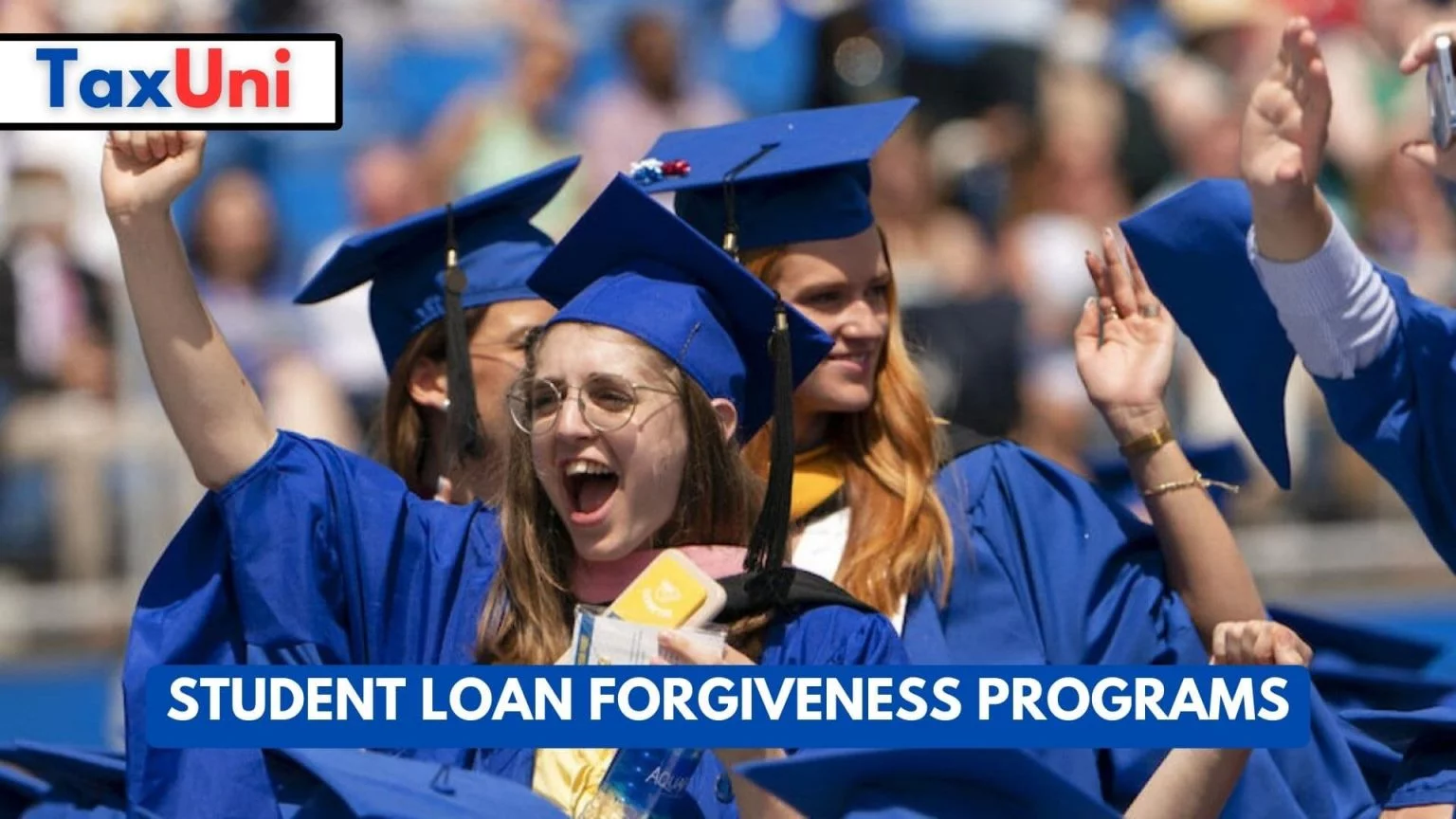Starting with student loan forgiveness programs 2025, this overview delves into the landscape of student loan forgiveness programs, discussing their history, current state, and anticipated changes by 2025.
Exploring different types, eligibility criteria, benefits, and drawbacks of these programs, the narrative unfolds to paint a comprehensive picture.
Overview of Student Loan Forgiveness Programs by 2025
Student loan forgiveness programs have been a crucial part of the higher education landscape, aimed at providing relief to individuals burdened by student loan debt. These programs have evolved over time to address the changing needs of borrowers and the economic conditions.
Brief History of Student Loan Forgiveness Programs
Student loan forgiveness programs first gained traction in the early 2000s with the introduction of the Public Service Loan Forgiveness (PSLF) program. This program aimed to forgive the remaining student loan balance for borrowers working in public service after making 120 qualifying payments. Subsequently, other forgiveness programs such as Teacher Loan Forgiveness and Income-Driven Repayment Plans were introduced to cater to specific borrower demographics.
Current Landscape of Student Loan Forgiveness Programs
- The current landscape of student loan forgiveness programs includes a variety of options tailored to different professions and income levels.
- Programs like PSLF, Teacher Loan Forgiveness, and Income-Driven Repayment Plans continue to assist borrowers in managing their student loan debt.
- However, challenges such as complex eligibility requirements and low approval rates have been observed, leading to calls for reform and improvements.
Potential Changes and Improvements Expected by 2025
- By 2025, there is an expectation for streamlining and simplifying the application process for student loan forgiveness programs to increase accessibility and participation.
- Increased funding and support for existing programs are anticipated to enhance their effectiveness and reach a larger number of borrowers in need of assistance.
- Efforts to expand forgiveness options for borrowers in underserved communities and those facing financial hardship are likely to be a focus for improvement by 2025.
Types of Student Loan Forgiveness Programs
There are various types of student loan forgiveness programs available to help borrowers alleviate their debt burden. Each program has specific eligibility criteria, benefits, and drawbacks that borrowers should consider before applying.
1. Public Service Loan Forgiveness (PSLF)
- Eligibility Criteria: Requires working full-time for a qualified employer in public service, making 120 qualifying payments under a qualifying repayment plan.
- Benefits: Remaining loan balance forgiven tax-free after 120 qualifying payments.
- Drawbacks: Strict eligibility requirements and long repayment period before forgiveness.
2. Income-Driven Repayment (IDR) Forgiveness
- Eligibility Criteria: Enrolment in an income-driven repayment plan, making payments based on income, and remaining balance forgiven after 20-25 years of payments.
- Benefits: Lower monthly payments based on income, potential for forgiveness of remaining balance after a set period.
- Drawbacks: Taxable forgiveness amount, longer repayment period leading to more interest paid over time.
3. Teacher Loan Forgiveness
- Eligibility Criteria: Teaching full-time in a low-income school or educational service agency for five consecutive years.
- Benefits: Up to $17,500 in forgiveness on Direct Subsidized and Unsubsidized Loans after meeting eligibility requirements.
- Drawbacks: Limited to specific professions and requires a commitment of five years.
Trends and Innovations in Student Loan Forgiveness Programs
As student loan forgiveness programs continue to evolve, several trends and innovations are shaping the future of these initiatives. From the integration of technology to the impact of new legislation, the landscape of student loan forgiveness is undergoing significant changes.
Integration of Technology
One of the emerging trends in student loan forgiveness programs is the integration of technology to streamline processes and improve accessibility. Online platforms and mobile applications are being developed to make it easier for borrowers to apply for loan forgiveness, track their progress, and stay informed about eligibility criteria.
These technological advancements are aimed at enhancing the user experience and increasing the efficiency of the application process.
New Legislation and Policies
Recent legislative developments are also influencing the future of student loan forgiveness programs. Changes in policies related to loan forgiveness eligibility criteria, repayment options, and program funding are shaping the way these initiatives operate. For example, new laws may expand the scope of forgiveness programs to include additional professions or income brackets.
The evolving regulatory environment is expected to have a significant impact on the accessibility and effectiveness of student loan forgiveness programs.
Impact of Student Loan Forgiveness Programs on Borrowers
Student loan forgiveness programs have a significant impact on borrowers’ financial well-being, providing relief from the burden of repaying large amounts of debt. These programs offer opportunities for individuals to better manage their finances and achieve their long-term goals without the constraints of excessive student loan debt.
Success Stories of Individuals Benefiting from Loan Forgiveness
Many individuals have shared success stories of how student loan forgiveness programs have positively impacted their lives. By having a portion or all of their student loans forgiven, borrowers have been able to allocate more of their income towards savings, investments, or other expenses, ultimately improving their financial stability and future prospects.
Challenges Faced by Borrowers in Accessing and Navigating Programs
Despite the benefits of student loan forgiveness programs, borrowers often face challenges in accessing and navigating these programs. Complex application processes, eligibility criteria, and changing program requirements can create confusion and barriers for individuals seeking relief from their student loan debt. Additionally, limited availability of information and resources may hinder borrowers from fully understanding their options and taking advantage of these programs.
Wrap-Up
Concluding the discussion on student loan forgiveness programs 2025, the impact on borrowers, trends, and innovations are highlighted, offering a glimpse into the future landscape of loan forgiveness.
